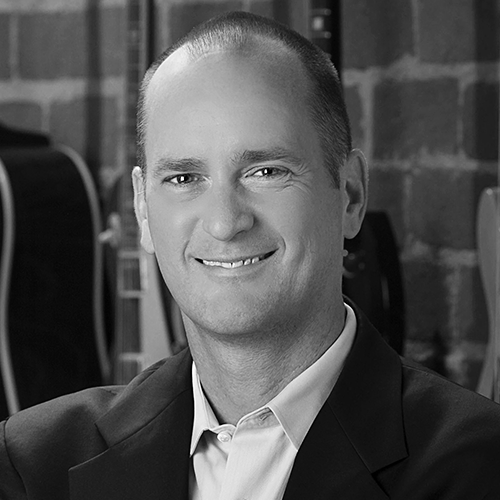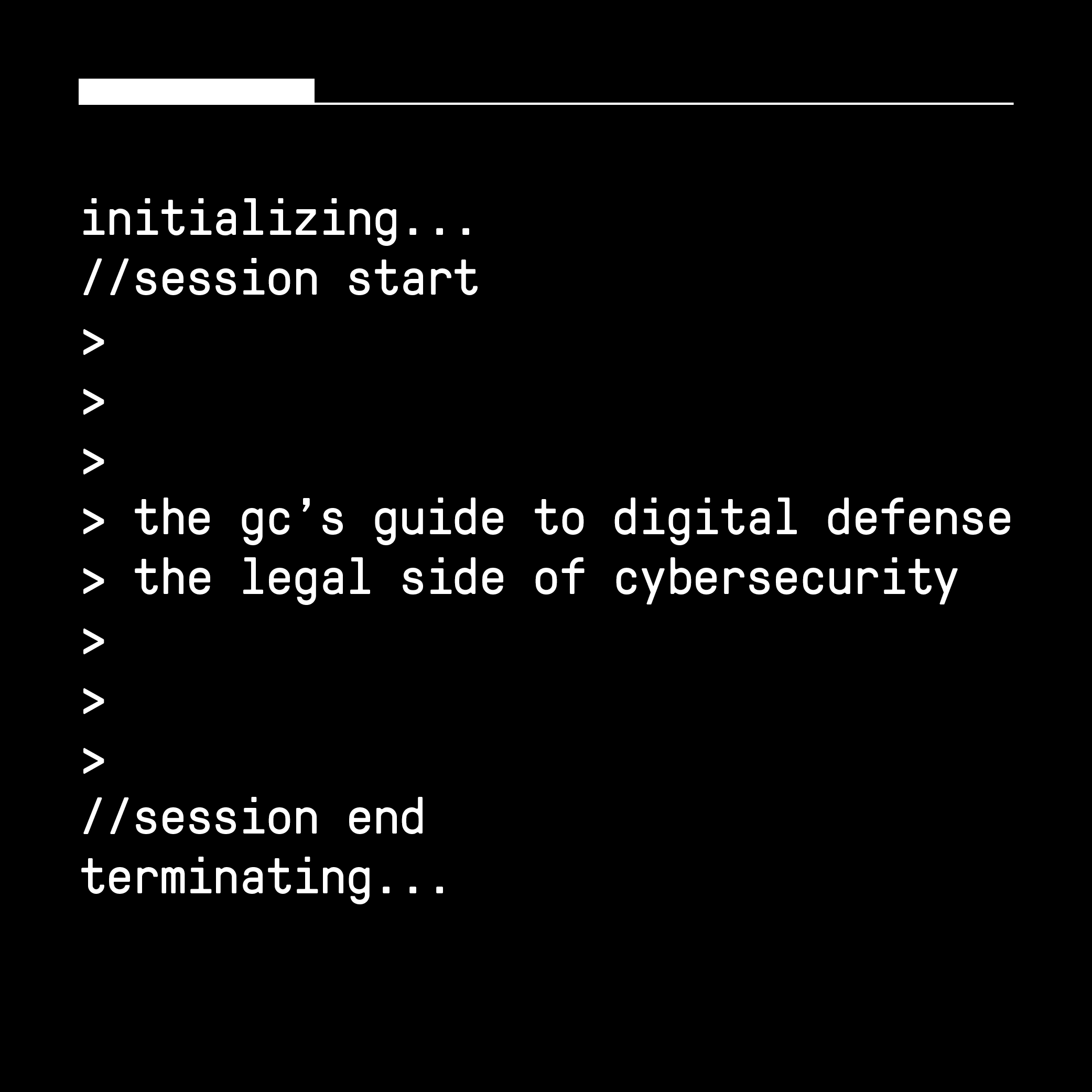Few people say, “Thank you for making sure I wasn’t hurt today.” The absence of a negative is rarely rewarded.
Katherine Adams, general counsel and senior vice president at Honeywell International, isn’t looking for rewards. The top-ranking woman at Honeywell has spoken often about her insights and motivators, listing achievements in sustainability and diversity among her proudest accomplishments. In 2013, the Legal 500 named her one of the most powerful corporate legal advisers in the United States.
Adams joined Honeywell in 2003 after working as a partner in the New York City office of Sidley Austin, which is based in Chicago. She realized she wanted to involve herself in business strategy rather than just law. She met with newly appointed Chief Executive Officer David Cote about the opening at Honeywell. “We had such a fantastic discussion, and I felt like this was someone who could make a difference, and I could do that, too.”
Honeywell Through the Years
1885
Albert Butz invents the damper-flapper, a thermostat for coal furnaces, to automatically regulate heating systems.
1886
Butz founds the Butz Thermo-Electric Regulatory company, which is renamed several times.
1906
Honeywell is founded in Wabash, Indiana, by Mark Honeywell.
1953
Honeywell introduces its most famous product, the T-86 Round thermostat.
1955
The company partners with Raytheon to enter the computer market; two years later, it sells its first computer.
1960
Honeywell launches the division that will become Honeywell Information Systems.
1986
Honeywell discontinues its computer business and acquires Sperry Aerospace.
1990
The company’s defense and marine systems are spun off as Alliant Techsystems.
1999
Honeywell is acquired by AlliedSignal, which keeps the name “Honeywell” for the brand recognition.
2000
Honeywell accepts a takeover bid from the CEO of General Electric, Jack Welch. The United States accepts the merger, but the European Commission blocks the move.
2016
Honeywell International is the product of a merger between AlliedSignal and Honeywell Incorporated.
In 2004, Honeywell launched a program used across all manufacturing sites, the Honeywell Operating System—an XPS, or company-specific production system, based on Six Sigma and other popular management strategies. Adams joined the company while it worked to improve and finalize the system, and she was part of its application and reinforcement.
“We’ve really built it into the DNA of our people,” Adams adds. “It’s very transparent, what you are supposed to do.” The system revitalized Honeywell, changing it from a struggling company to the successful powerhouse it is today.
Adams and Honeywell’s leadership see a noticeable difference since launching the system. “There’s a discipline around putting those processes in place in the same way that a person working a line knows their day-to-day operations,” Adams says. “You want safety to be ingrained in people’s behavior. That’s really the innovation that we’ve been able to achieve.”
Since Adams took over and modernized Honeywell’s approach, she and the company have been lauded for their commitment to safety and environmental sustainability. “We’ve reduced greenhouse emissions, making processes 65 percent more efficient since the program started eleven years ago,” says Adams. “We will be 40 percent more efficient by 2019.”
Honeywell won six innovation awards for safety in 2013, leaving its competitors behind. “We have a world-class safety record, which is 80 percent better than the industry average.” Still, it’s not all about the awards and recognition. Adams’ main focus is to empower her team to make smart and safe decisions each and every day; hence, the launch of the new operating system.
Today, Honeywell focuses on continuous improvement of the system that made it a world leader in safety regulation. Part of that system has been to make “cost” only a short-term consideration, while quality, delivery, and safety are all critical pieces of the company’s operations.
Honeywell’s initiatives, Adams knows, are marathons, not sprints. The operating system took eight years to craft and implement after it was drafted in 2004. That’s true of many programs Adams works on. “I’m looking at strategy in terms of five-year plans or longer,” she says.

